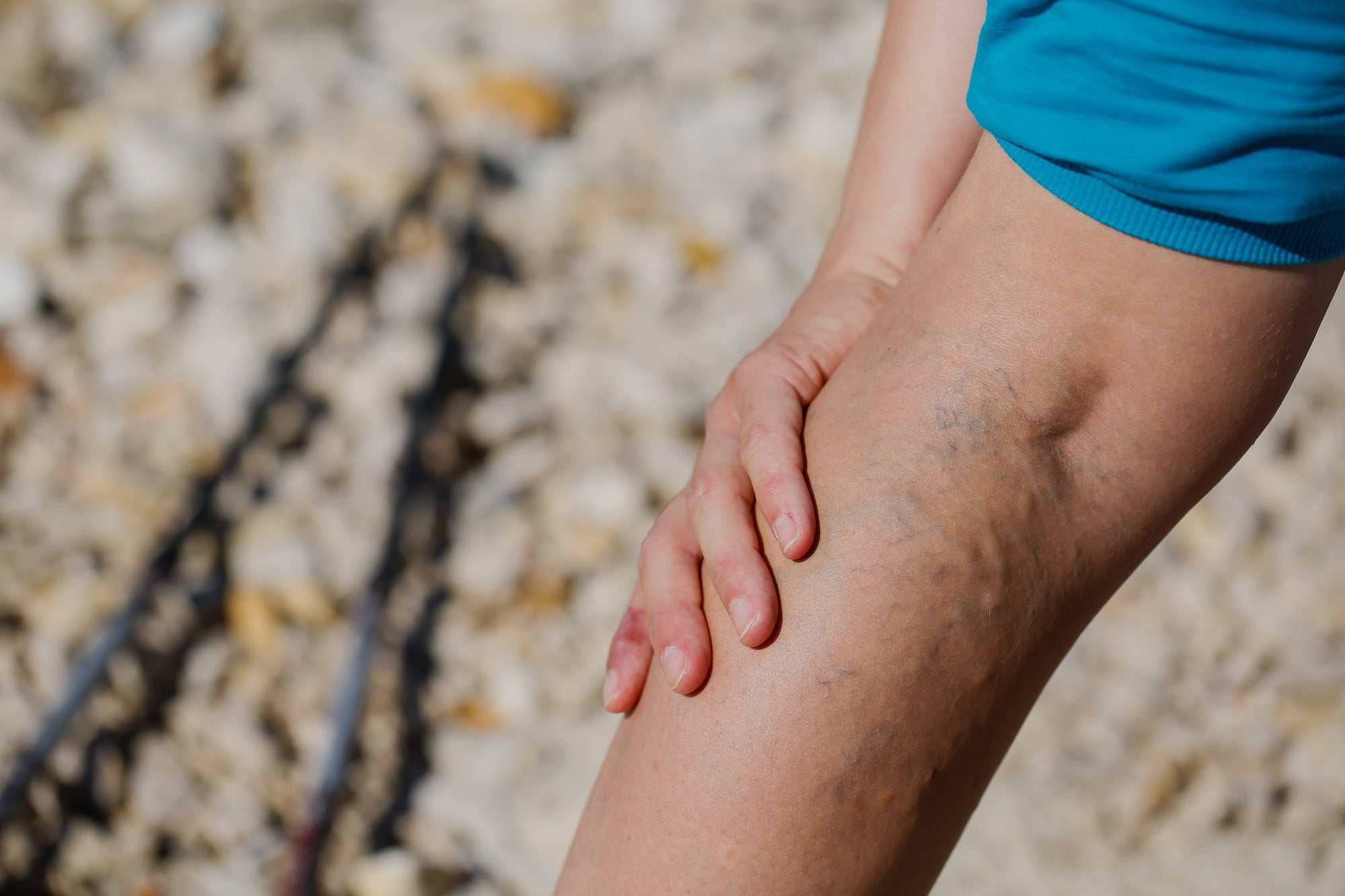
What Causes Spider Veins, and How are They Treated?
Spider veins, also known as thread veins or telangiectasia, are clusters of small, dilated blood vessels visible near the surface of the skin. They usually appear to be red, blue, or purple and may occur anywhere on the body. Generally, spider veins most often affect the legs, face, and chest. While they are typically not harmful on their own, spider veins may be a symptom of venous insufficiency, a condition where blood flow through the veins is impaired. If you are wondering what causes spider veins or feel self-conscious about your appearance due to venous insufficiency, this comprehensive guide can help you assess your options.
Through specialized vascular care at Alliance Orthopedics, you may treat your spider veins and reduce their appearance. We offer conservative and surgical treatments to provide our patients with the best solutions for their individual needs. From physical therapy to vein ablation treatments, our mission is to provide safe and effective care for spider veins, resulting in a smoother, more even complexion. To assist you on your journey to healthy, beautiful skin, we have outlined the risk factors and treatments for spider veins below.
What Causes Spider Veins?
Spider veins are typically caused by an underlying venous insufficiency. When the valves in the veins become damaged or weak, blood can pool and cause spider veins to form. In order to determine what causes spider veins, it is crucial to recognize the risk factors that may contribute to the condition. Common risk factors for developing spider veins include:
- Genetics: Having a family history of spider or varicose veins may increase your risk of developing them.
- Age: As you get older, your veins may lose elasticity and become weaker, making it more difficult for blood to flow properly and increasing the risk of spider veins.
- Gender: Women are more likely than men to develop spider veins.
- Pregnancy: The hormonal changes and increased pressure on the veins during pregnancy may make spider veins more likely to develop.
- Obesity: Carrying excess weight can put additional pressure on the veins, making them more prone to spider veins.
- Prolonged sitting or standing: Jobs or activities that require sitting or standing for long periods of time can put pressure on the veins and make them more prone to spider veins.
- Sun exposure: Prolonged sun exposure can cause damage to the skin and veins, increasing the risk of spider veins.
It’s important to note that while these risk factors may increase your chances of developing spider veins, they do not necessarily mean you will develop them. If you have spider veins or are concerned about your risk of developing them, it’s essential to talk to a medical professional to determine the best course of action. At Alliance Orthopedics, our experienced team of medical professionals can help you understand your risk factors and provide personalized care to address your spider veins and venous insufficiency.
Treatment Options for Spider Veins
Now that we have a general idea of what causes spider veins let’s explore the available treatments to reduce their visibility. Depending on your individual needs, your Alliance Orthopedics provider may recommend the following treatment options.
Vein Ablation
Vein ablation is a minimally invasive procedure that can be used to treat spider veins. During the procedure, a small catheter is inserted into the affected vein, and heat is used to shrink or close the vein. This prevents blood from flowing through the damaged vein, forcing it to reroute through healthier veins nearby.
By shrinking and closing off the damaged veins, the appearance of spider veins may be reduced. In addition, vein ablation is a relatively quick and painless procedure, with minimal downtime required. If you’re struggling with spider veins, vein ablation may be an effective treatment option. Our team at Alliance Orthopedics can help guide you through the process.
Sclerotherapy
During sclerotherapy, an injectable solution is used to shrink the affected veins and reduce their visibility. This solution intentionally irritates the vein’s lining, causing it to collapse and stick together. This stops the flow of blood through the vein and, as a result, causes the vein to shrink and fade away. Sclerotherapy is a relatively quick procedure that may treat both spider and more prominent varicose veins.
Physical and Occupational Therapy
Physical and occupational therapy are additional treatment options that may be recommended to complement other treatments for spider veins. Physical therapy can help improve circulation and strengthen the muscles in the legs, which may reduce symptoms of venous insufficiency and prevent future spider veins. Occupational therapy may also address the impact of spider veins on daily activities and provide guidance on lifestyle modifications.
At Alliance Orthopedics, our skilled physical and occupational therapists work with patients to develop individualized treatment plans tailored to their needs and goals. We use a variety of techniques, such as exercise programs, manual therapy, and modalities like heat and ice, to help patients improve their strength, flexibility, and overall function. By incorporating physical and occupational therapy into a comprehensive treatment plan for spider veins, patients can experience improved symptom relief, enhanced functional ability, and an overall improved quality of life.
Treat Spider Veins at Alliance Orthopedics
If you’re tired of hiding your spider veins and want to feel confident in your skin again, look no further than Alliance Orthopedics. Our experienced team of medical professionals offers safe and effective spider vein treatments to help you achieve the smooth, clear skin you’ve always wanted. So don’t wait any longer to take the first step toward a happier, more confident you. Contact Alliance Orthopedics today to schedule your spider vein treatment consultation.